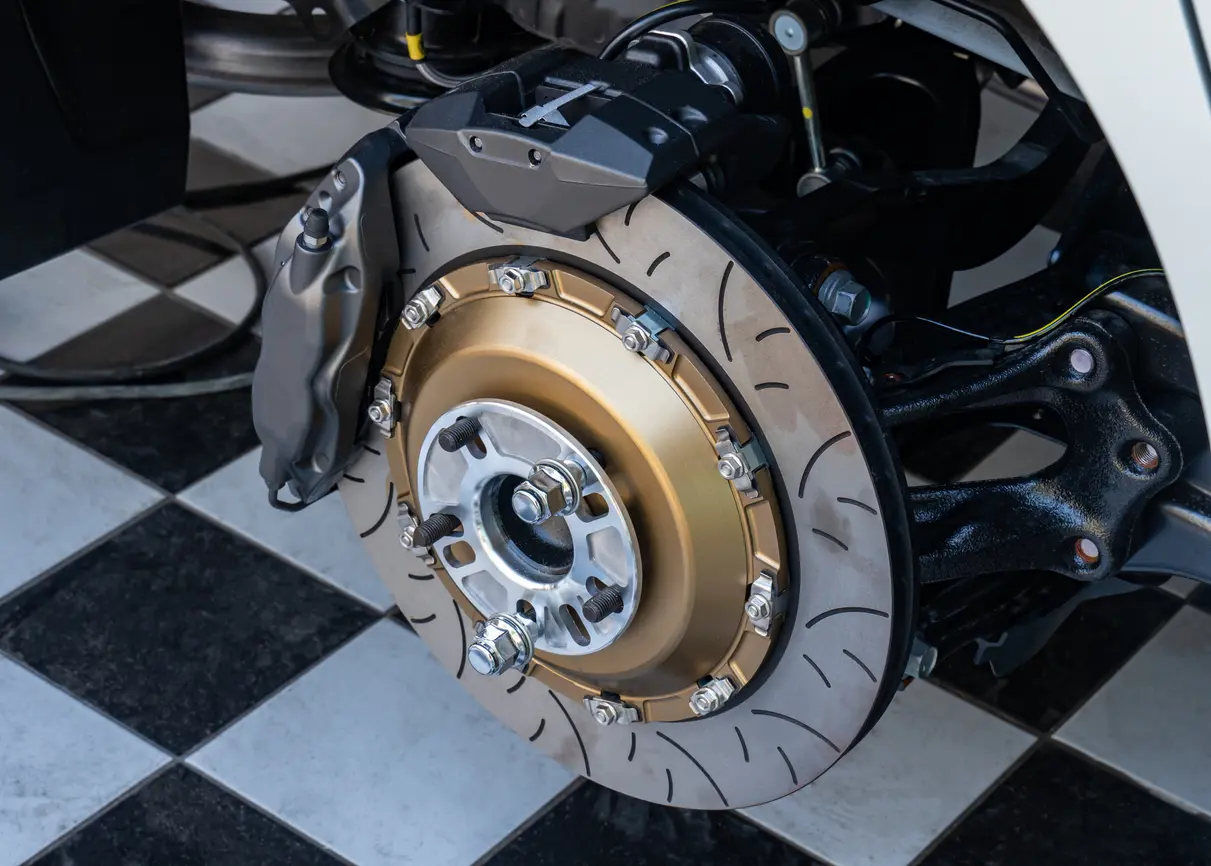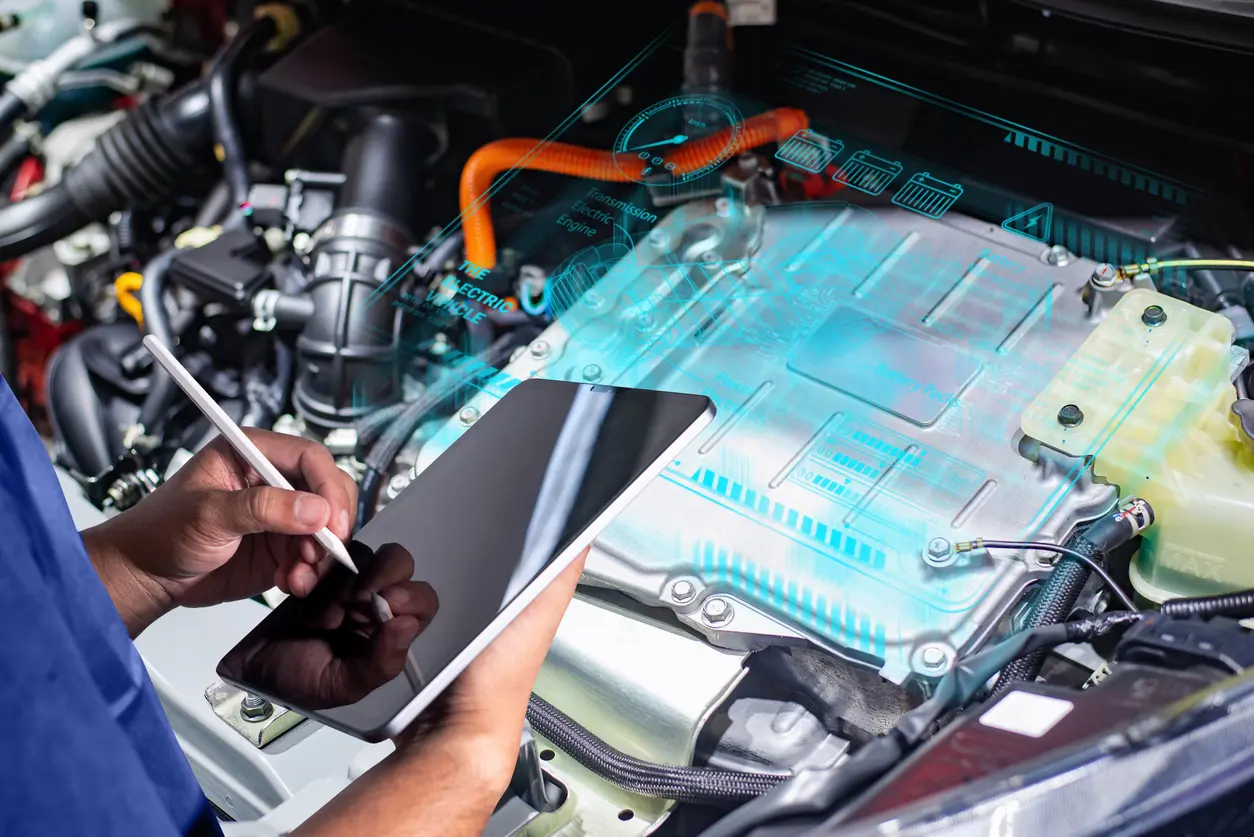Why Wheel Alignment on an EV Wheel Is Crucial
The angle of your tires will change slightly with use. Eventually, you’ll notice differences in how your vehicle handles, which can put your safety at risk. Getting a wheel alignment is the best way to correct the angle of your tires because it ensures they contact the road properly.
EV wheel alignments rarely last as long as those for gas-powered vehicles, and EV tires wear faster, too. This happens for two main reasons:
· Because of their battery, EVs are typically much heavier than vehicles with an internal combustion engine (ICE). More weight leads to more wear.
· EVs also speed up much faster than other cars. More torque leads to less tread.
To help your EV perform its best, assess the tire tread every month and get your wheels aligned at least once per year. If you frequently drive on rough roads, you may need to book your wheel alignments at shorter intervals, e.g., every six months.
A wheel alignment typically won’t take longer than an hour, but it has a significant impact on how your EV operates – so don’t skip it!
Common Signs of Misaligned Wheels
Regardless of the car you drive, the signs your wheels are misaligned will be the same. If you notice any of these symptoms, have your wheels assessed by a NexDrive professional:
· Tires are making a squealing sound.
· The vehicle pulls to one side as you drive.
· You notice rapid or uneven tire wear.
· You feel shaking or vibrating in the steering wheel.
· The steering wheel feels loose or unresponsive.
Leaving your wheels misaligned will also reduce your vehicle’s range and efficiency. Getting your vehicle inspected will give you a straightforward answer as to what’s wrong with your vehicle, including whether you need a wheel alignment.
EV Tire Maintenance
To help maintain your wheel alignment in place and prolong the life of your EV’s tires, keep up with regular tire maintenance.
Every month, check and adjust the air pressure in your tires. Over-inflated tires wear out faster, and under-inflated tires wear out unevenly – so it’s important to keep the pressure just right.
As you drive, avoid potholes when possible or reduce your speed if you must go over them.
Besides your yearly wheel alignment, have your EV’s tires rotated every 8,000 km to 10,000 km or according to your manufacturer’s recommendation. This will encourage more even wear, creating more consistent handling and traction across all tires.
Most EV tires will last about 50,000 km to 80,000 km. Changing your tires at the end of their lifespan will further improve your driving experience and safety.
And don’t forget to change your tires with the change of driving seasons. Tires on EVs require the same construction to handle winter snow and spring rain as tires for ICEs.
To get your EV’s wheels aligned or your tires rotated, book an appointment at a NexDrive service centre. Your NexDrive technician will also assess the tire wear during this service to let you know when you’ll need a change.
For any questions about maintaining your EV’s tires, speak with an expert at one of our centres.
Other Resources

Why do electric car tires wear out so fast?
EV tires experience increased tread wear because of instant torque and unsprung weight. Learn why electric vehicles lead to worn-out tires and how to extend the lifespan of EV tires with proper maintenance.

Why regenerative braking is bad for your brake pads
Regenerative braking improves energy efficiency, but can cause brake pad issues because of reduced mechanical brake use. Learn how to maintain your brake system and prevent costly repairs in this article.

Does an EV need regular general maintenance?
Although EVs require less maintenance than gas-powered vehicles, they still need regular care. Learn about battery health, brake maintenance, and more here.
